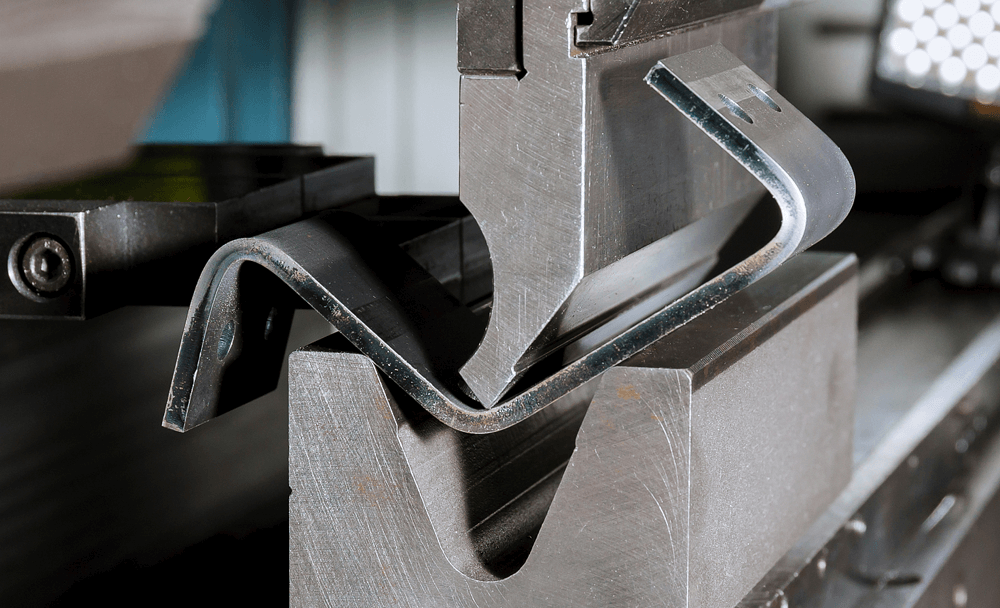To calibrate a 5-axis CNC machine, use a laser interferometer to check axis positioning accuracy (<0.01mm), a ball bar tester to measure movement precision (<0.005mm), and verify spindle rotation error (<0.005mm).
Preliminary Inspection
Ensure the machine tool is located in a stable, dry, and vibration-free environment. The ambient temperature should be maintained between 20°C and 25°C, and the humidity should be controlled between 40% and 60%.
Check whether the power supply and air source are normal. The power voltage should be stable at 220V±10%, and the air source pressure should be maintained between 0.5 and 0.7MPa.
Tools and measuring instruments need to be prepared with high-precision laser interferometers, ball bar testers, and coordinate measuring machines. The measurement accuracy of the laser interferometer is typically 0.5μm/m, the ball bar tester’s accuracy is 1μm, and the coordinate measuring machine’s accuracy should be within 2μm.
Before formal calibration, the spindle’s rotational accuracy and radial runout are key indicators. The rotational accuracy should be within 0.001mm, and the radial runout should not exceed 0.003mm. The flatness of the worktable should be within 0.01mm/m, and the straightness should be within 0.02mm/m.
Additionally, the mechanical transmission parts of the machine tool, such as lead screws, guide rails, and gears, need to be inspected for wear. Check the axial clearance of the lead screw, which should not exceed 0.01mm, and the gear meshing clearance should be within 0.02mm.
Finally, the control system of the machine tool needs to be checked. The parameter settings and software version of the control system must match the machine tool’s hardware. The positioning accuracy and repeat positioning accuracy of the control system should meet the factory standards. The positioning accuracy is typically 0.005mm, and the repeat positioning accuracy should be within 0.002mm.
During the preliminary inspection, record all measurement data and inspection results, and compare them with the machine tool’s technical manual. Only after ensuring all preliminary inspection items are qualified can the subsequent detailed calibration work be carried out.

Calibration Steps
Calibration steps are crucial for ensuring the normal operation and machining quality of CNC machine tools. Below are detailed calibration steps to ensure accuracy.
Confirm tools and equipment. First, check the CNC machine tool’s tools and equipment. Use calibration tools such as micrometers, dial indicators, and laser interferometers to ensure their accuracy within 0.01mm.
Set the reference point. Choose a fixed reference point as a reference, usually using a workpiece fixture or the machine tool worktable. Data indicates that the reference point error should be controlled within 0.02mm.
Calibrate the spindle. The spindle is the core component of the CNC machine tool. When calibrating the spindle, use a laser interferometer to measure its rotation accuracy. The radial runout of the spindle should be less than 0.005mm, and the axial runout should be less than 0.01mm.
Calibrate the worktable flatness. Use a level and feeler gauge to detect the flatness of the worktable. The flatness error should be controlled within 0.01mm to ensure the stability of the workpiece during machining.
Calibrate the accuracy of each axis movement. Use a laser interferometer and ball bar tester to measure the movement accuracy of the X, Y, and Z axes. The positioning accuracy of each axis should be less than 0.01mm, and the repeat positioning accuracy should be less than 0.005mm.
Calibrate the tool clamping system. Check the tightness and concentricity of the tool clamping system. The concentricity error should be less than 0.005mm, and the clamping force should meet the requirements of different tool specifications.
Check the lubrication system. Check the flow and pressure of the lubricating oil to ensure it is within the recommended range. For example, the lubricating oil pressure should be maintained between 2-4 bar, and the flow rate should be adjusted according to the machine model.
Calibrate the CNC system. Use specialized calibration software to test and adjust the CNC system, ensuring its response speed and data transmission accuracy. Data indicates that the response delay of the CNC system should be less than 0.01 seconds, and the data transmission error should be less than 0.001%.
Adjustment and Testing
Adjustment and testing are crucial for ensuring the accuracy and efficiency of CNC machining. The specific steps are as follows:
Adjust machine parameters. For high-hardness materials, such as hardened steel, the cutting speed should be reduced to 10-20 meters/minute, and the feed rate should be set to 0.05-0.1mm/tooth. In practical cases, using these parameters can effectively reduce tool wear and improve machining quality.
Test cutting force. The cutting force should be controlled between 50-200 Newtons, adjusted according to different materials. For high-toughness materials, such as titanium alloys, the cutting force often exceeds 150 Newtons.
Adjust the cooling system. The coolant flow rate should be maintained at 10-20 liters/minute, and the pressure should be between 2-5 bar. After adjusting the cooling system, the cutting temperature can be reduced by 30%-50%, effectively extending the tool life.
Test machining accuracy. For precision machining, the dimensional tolerance should be controlled within ±0.01mm, and the geometric tolerance should be within 0.02mm. Renowned companies like Siemens and Fanuc use this method to ensure the quality of their high-precision parts.
Adjust fixtures and workpiece clamping. Excessive clamping force can cause workpiece deformation, while too little cannot secure it firmly. The clamping force should be controlled between 500-1000 Newtons to ensure machining stability and accuracy.
Test tool wear. Replace the tool immediately when wear exceeds 0.2mm to prevent a decline in machining quality. Data on tool wear shows that timely replacement of tools can reduce scrap rates by 30%.
Adjust feed and speed. For soft materials, such as aluminum alloys, the feed rate can be increased to 0.2-0.5mm/tooth, and the cutting speed can be set to 200-400 meters/minute.
Test machining time and cost. Reasonable adjustments and testing can reduce machining time by 20%-30% and lower production costs by 15%-25%. An enterprise saved up to 500,000 yuan annually by optimizing adjustments.








